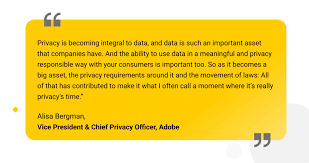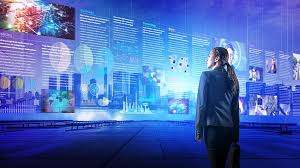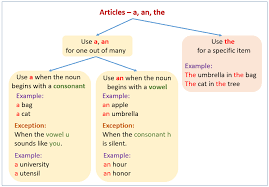The Rise of Open Artificial Intelligence
Open artificial intelligence (AI) has emerged as a transformative force in the tech industry, democratizing access to powerful AI tools and fostering innovation across various sectors. This movement emphasizes transparency, collaboration, and accessibility, allowing developers, researchers, and organizations to leverage AI technologies without the barriers typically associated with proprietary systems.
What is Open AI?
Open AI refers to artificial intelligence systems that are developed using open-source principles. This means that their code is publicly available for anyone to use, modify, and distribute. The open AI movement encourages knowledge sharing and community-driven development, which can accelerate advancements in the field.
Benefits of Open AI
- Accessibility: By providing access to cutting-edge AI technologies without cost barriers, open AI enables smaller companies and individual developers to experiment with and implement advanced solutions.
- Collaboration: Open-source projects foster a collaborative environment where developers worldwide can contribute improvements and innovations.
- Transparency: With open access to source code, users can better understand how AI models function and ensure they align with ethical standards.
- Innovation: The collective effort of a global community often leads to faster problem-solving and creative applications of AI technology.
Challenges in Open AI
Despite its advantages, open AI also faces several challenges. Ensuring data privacy while maintaining openness is a significant concern. Additionally, managing the quality of contributions from diverse sources can be complex. There is also the risk of misuse by malicious actors who might exploit open-source tools for harmful purposes.
The Future of Open AI
The future of open artificial intelligence looks promising as more organizations recognize its potential. Initiatives like OpenAI’s GPT models have already demonstrated how open research can lead to significant breakthroughs. As technology continues to evolve, it will be crucial for stakeholders to address ethical considerations while promoting inclusive growth in the field.
The rise of open artificial intelligence represents a shift towards more inclusive technological progress. By embracing openness and collaboration, society can harness the full potential of AI while minimizing risks associated with its development and deployment.
Understanding Open AI: Using ChatGPT, Defining Open AI, Differentiating AI and OpenAI, and Accessing OpenAI for Free
- How to use ChatGPT?
- What is open artificial intelligence?
- What is the difference between AI and OpenAI?
- Can I use OpenAI for free?
How to use ChatGPT?
Using ChatGPT is a straightforward process that begins with accessing a platform or service that offers the model, such as OpenAI’s website or an integrated application. Once there, users can start interacting with ChatGPT by typing questions or prompts into the chat interface. The model is designed to understand and generate human-like text responses based on the input it receives. To get the most out of ChatGPT, it’s helpful to provide clear and specific prompts, as this guides the AI in delivering more accurate and relevant answers. Additionally, users can experiment with different phrasing or follow-up questions to refine the conversation further. Whether for casual inquiries, educational purposes, or creative projects, ChatGPT offers a versatile tool for engaging with AI-driven dialogue.
What is open artificial intelligence?
Open artificial intelligence refers to AI systems and technologies that are developed using open-source principles, making their underlying code and methodologies publicly accessible. This approach allows developers, researchers, and organizations to freely use, modify, and distribute AI tools without the constraints of proprietary software. By promoting transparency and collaboration, open AI fosters an environment where innovation can thrive through community-driven contributions. It enables a broader range of participants to engage with advanced AI technologies, facilitating rapid advancements and diverse applications across various fields while also encouraging adherence to ethical standards through greater scrutiny and understanding of how these systems operate.
What is the difference between AI and OpenAI?
Artificial Intelligence (AI) is a broad field that encompasses the development of computer systems capable of performing tasks that typically require human intelligence, such as learning, reasoning, and problem-solving. It includes a wide range of technologies and applications, from machine learning and natural language processing to robotics and computer vision. OpenAI, on the other hand, is an organization dedicated to advancing AI in a way that is safe and beneficial for all of humanity. It focuses on creating and promoting open-source AI tools and research to ensure transparency and collaboration within the AI community. While AI refers to the technology itself, OpenAI represents a specific entity within this field that champions open access to AI research and development.
Can I use OpenAI for free?
OpenAI offers a range of services and tools, some of which are accessible for free, while others require a subscription or payment. For instance, OpenAI provides free access to certain tiers of its API, allowing users to experiment with and integrate AI capabilities into their applications without upfront costs. However, there are usage limits on the free tier, and exceeding these limits may incur charges. Additionally, OpenAI frequently updates its offerings, so it’s advisable to check their official website for the most current information on pricing and access options. This approach allows individuals and small businesses to explore AI technologies while managing costs effectively.




